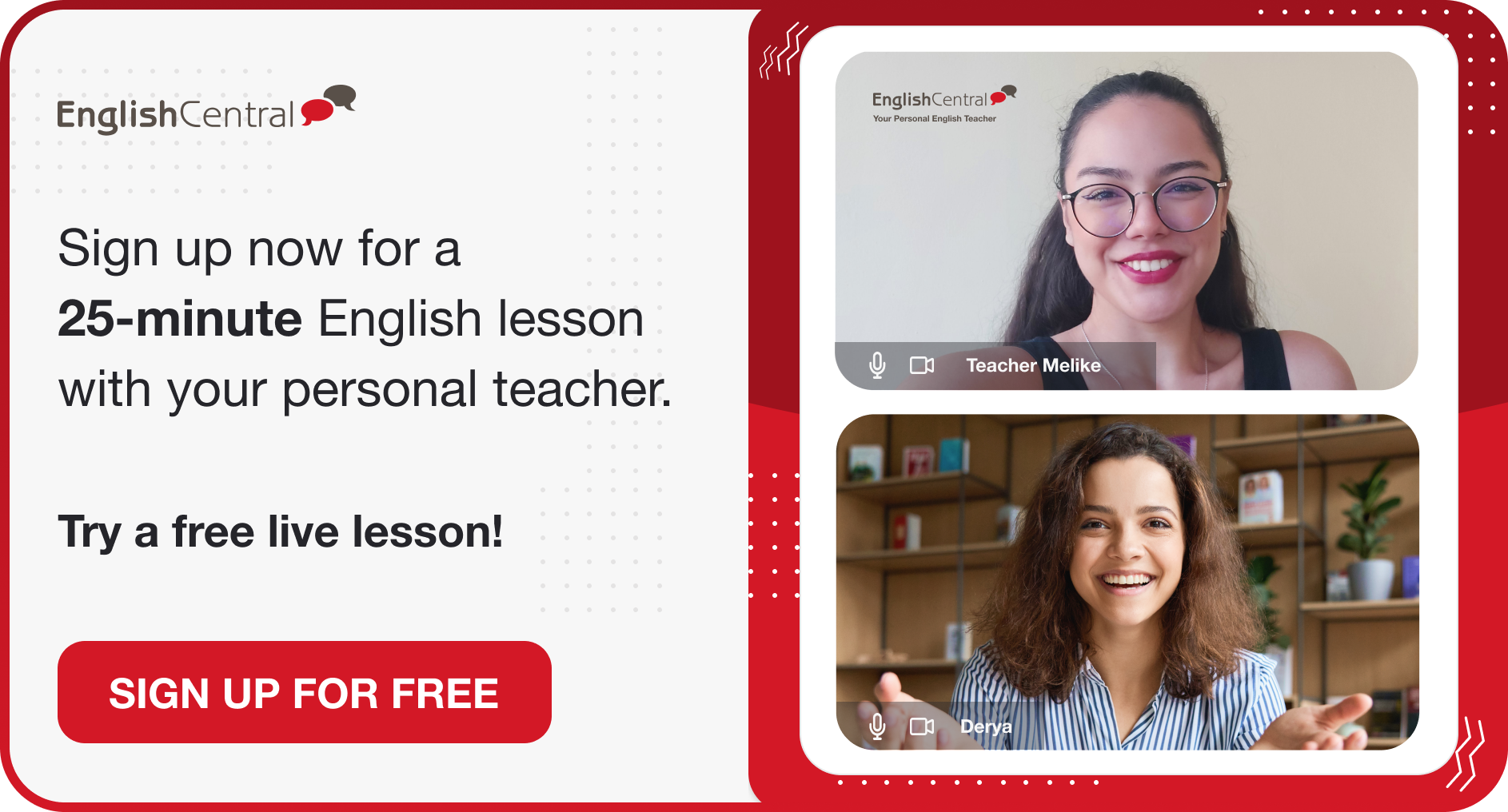Writing a professional email is a key skill in today’s work world. Whether you’re emailing colleagues, contacting your boss, or talking to customers, how you write emails is important. A good email is clear, brief, and it is an indicator of how professional you are. We have prepared this guide to give you easy tips to improve your professional email writing.
What is a Professional Email?
A professional email is a form of communication used in work or academic settings to exchange information in a formal and respectful manner. It has a clear and concise subject line that summarises the email’s purpose, making it easy for the recipient to understand what the message is about before reading it. The body of the email is structured and to the point, providing all necessary details without unnecessary information. It uses polite and almost formal language and avoids slang or overly casual expressions. Finally, a professional email ends with an appropriate closing that includes a call to action and the sender’s name. This demonstrates courtesy and facilitates further communication.
Parts of Business Email
It is important to remember where to start and where to end an email while writing in a professional manner. A business email can be divided into 6 main parts.
Subject Line: This is the preview of your email’s content, acting as a headline that entices the recipient to read further. Effective subject lines are brief yet descriptive, providing a snapshot of the email’s purpose. Avoid generic phrases like “Hi” or “Check This Out,” which may lead to your email being overlooked.
Sender Information: Displayed at the top, this shows who the email is from, typically combining the sender’s name and their email address. Most email platforms will prioritize the sender’s name for easy recognition. Hitting “reply” sends your response directly to this individual.
Recipient Details: This section doesn’t show your email if you’re the recipient, often replaced with phrases like “to me.” It also includes:
Carbon Copy (CC): Lists others included in the email for informational purposes. They see all replies if “reply all” is used.
Blind Carbon Copy (BCC): For recipients that are hidden from others on the email. They won’t receive group replies.
Greeting: The salutation sets the tone for your email, following right after the subject line. It’s essential to choose a greeting that aligns with the overall vibe of your message, ensuring not to overlook it, especially in initial communications or formal exchanges.
Email Content: The main body where your message resides. For efficiency and clarity, keep the content concise, relegating detailed or supplementary information to attachments if needed. In formal scenarios, such as professional or academic emails, steer clear of slang or abbreviations.
Sign-off: Concluding your email with a polite closing is akin to signing off a letter. The choice of words should reflect the tone of your email, ranging from formal “Sincerely” or “Best regards” to more casual fare like “See you soon” or “Cheers” depending on the context and relationship with the recipient.
15 Tips for Writing a Professional Email
In order to learn more about writing a professional email, you must also understand the use of English in professional settings besides the structure of an email. Here, we have listed 15 tips that will help you improve your professional email writing skills.
Use Professional Email Address
Begin with an email address that underscores your professionalism, ideally one that includes your name or a professional variation. This sets the right tone and makes it easier for recipients to recognize you.
Clear Subject Line
Your subject line should act as a concise summary of the email’s intent, making it clear and compelling enough for the recipient to open the email. It serves as the first impression and guides the reader on the urgency and relevance of the message.
Personalized Greeting Incorporation
Address the recipient by name whenever possible to establish a direct and personal connection. This approach demonstrates respect and attentiveness, avoiding the impersonal feel of generic salutations.
State the Main Point Immediately
Clearly state the purpose of your email within the first few sentences. This respects the recipient’s time and ensures that the main message is conveyed effectively, even if they only skim the email.
Conciseness Maintenance
Keep your email brief and to the point. If the message covers multiple topics, consider dividing it into separate emails. This strategy helps in maintaining the recipient’s focus and ensuring that each point is adequately addressed.
Professional Language
Be careful not to use slang, unnecessary jargon, and overly casual phrases. Go for clear, respectful, and professional language that accurately conveys your message and maintains a professional tone throughout the email.
Structure Your Email
Organize your email with clear paragraphs, bullet points for listing items, and headings if needed. This enhances the email’s readability and helps the recipient grasp the main points more efficiently.
Proofreading
Always review your email for any spelling, grammar, or punctuation mistakes before sending. This diligence prevents misunderstandings and preserves your professional image.
Avoid Emotional Tone
Be cautious with your wording since emails lack vocal tone and body language. Choose your words carefully to prevent misinterpretation, particularly in sensitive or critical communications.
Attachment Usage
Attach files only when necessary, and always reference them within the body of your email. This ensures the recipient is aware of the attachments and understands their relevance to your message.
Use CC/BCC Considerately
Use Carbon Copy (CC) and Blind Carbon Copy (BCC) judiciously, including only those who truly need to be part of the conversation. This practice respects the privacy of others and prevents inbox clutter.
Call to Action Statement
If you expect a response or specific action from the recipient, clearly state this towards the end of your email. This clarity helps in setting expectations and facilitating the desired outcome.
Professional Sign-off
Conclude your email with a polite closing that reflects the tone of your message, followed by your name. You may also include your position and company information for additional context.
Reply on Time
Aim to respond to emails promptly, within a reasonable timeframe. This shows respect for the sender’s time and maintains a flow of communication, which is crucial in professional settings.
Review Email Settings
Regularly check your email signature, out-of-office notifications, and other automated messages to ensure they are current and reflect a professional image. This attention to detail contributes to a positive communication experience for your recipients.
Professional Email Examples
It is important to understand how to use English while writing a professional email. Here, we have put together some professional email examples to make it easier for you to practice your skills.
1. Subject: Request for Meeting on Project Timeline Adjustment
Hi Mark,
I hope you’re doing well. Could we arrange a brief meeting this week to discuss adjustments to the project timeline? I believe a few tweaks could help us meet our deadlines more efficiently. Please let me know your availability.
Best regards,
Emily
2. Subject: Thank You for the Interview Opportunity
Dear Ms. Thompson,
Thank you for taking the time to interview me yesterday. It was great learning more about the team and the role. I’m very excited about the opportunity to contribute to your company. Please let me know if there’s any further information you need from me.
Sincerely,
Alex Johnson
3. Subject: Clarification Needed on Term Paper Requirements
Dear Professor Smith,
I hope this email finds you well. I have a question regarding the requirements for our upcoming term paper. Could you please clarify the citation style you prefer? Thank you for your guidance.
Kind regards,
Sarah Lee
4. Subject: Your Inquiry About Order #12345
Dear Mr. Green,
Thank you for reaching out about your order. I’ve investigated the issue, and your order is on its way. You can expect delivery by the end of this week. We appreciate your patience and are here for any more questions.
Warmest regards,
Jane, Customer Support
5. Subject: Great Connecting at the Conference
Hello Tom,
It was a pleasure meeting you at the annual industry conference last week. Your insights on market trends were invaluable. I’d love to keep in touch and perhaps collaborate on future projects. Are you available for a coffee chat next week?
Best regards,
Lisa
Frequently Asked Questions About How to Write a Professional Email
How do you start a professional email?
Start a professional email with a polite greeting followed by the recipient’s name, such as “Dear” or “Hello” to maintain formality.
How do you format a professional email?
Format a professional email with a clear subject line, a polite greeting, concise and structured body paragraphs, and a formal closing followed by your name and contact information.
How do I make my email look professional?
Use a professional email address, maintain a clear and organized structure, use formal language, and include a signature with your contact details to make your email look more professional.
Is it okay to say hey in a professional email?
It’s generally more appropriate to use formal greetings like “Hello” or “Dear” instead of “Hey” in professional emails.
Would you like to put what you have learned into practice? You can access everything you need to learn English on a single platform! With 25-minute one-on-one live English lessons, 40-minute group lessons, more than 30,000 interactive videos, vocabulary learning tools, AI-supported tutor MiMi, quizzes, and interactive activities, EnglishCentral offers its users a personalized and quality education plan at an affordable price. How about registering for EnglishCentral now and starting to learn English?











